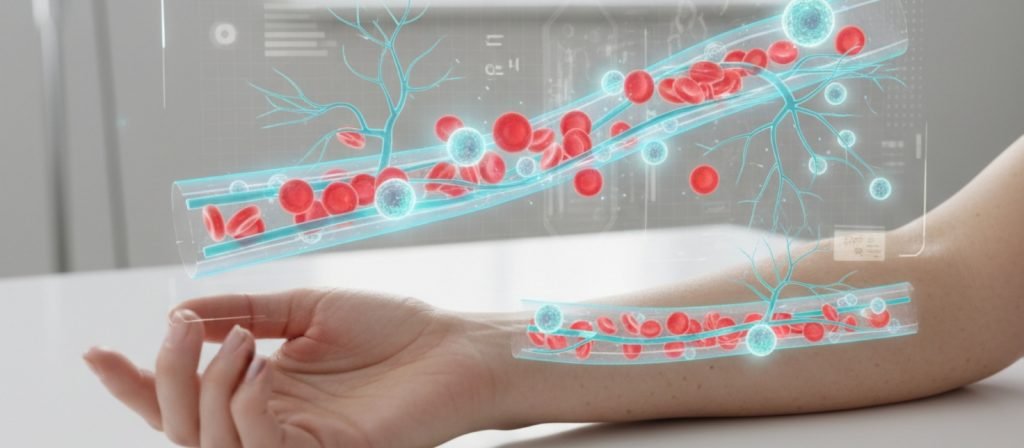How Scientists Could Reverse Aging by Targeting Lysosomal Dysfunction

Last Updated on November 26, 2025 by Team MSW
What if “getting older” didn’t automatically mean a weaker immune system and higher risk of blood cancers? Researchers at the Icahn School of Medicine at Mount Sinai may have just nudged that door open.
In a new study in Cell Stem Cell, they’ve shown they can reverse aging in blood-forming stem cells in mice by fixing a very specific problem: dysfunctional lysosomes, the tiny “recycling centers” inside our cells.
The star of this research is the hematopoietic stem cell (HSC), the rare, long‑lived cell in bone marrow that quietly sustains your entire blood and immune system.
As we age, these cells become sluggish, unbalanced, and more prone to mistakes, contributing to infections, inflammation, and a higher risk of blood cancers. For women thinking about long-term vitality, not just looking younger, but staying stronger, this is where the story gets truly exciting.
The team found that in older HSCs, lysosomes go into overdrive: they become hyper‑acidic, damaged, and abnormally activated. This derails the cells’ metabolism and epigenetic stability, essentially pushing them into an “old and cranky” mode.

By using a specific inhibitor to calm this lysosomal hyperactivity, scientists were able to restore lysosomal integrity and make old stem cells act young again.
The results were striking: when aged stem cells were treated outside the body and then transplanted back, their blood‑forming capacity increased more than eightfold. The “rejuvenated” cells produced healthier, more balanced blood and immune cells, improved their mitochondrial function, reduced inflammation, and stopped sending out damaging “danger” signals.
In other words, the researchers didn’t just slow the decline; they reset aging stem cells toward a youthful state. As lead author Dr. Saghi Ghaffari explains:
“Our findings reveal that aging in blood stem cells is not an irreversible fate. Old blood stem cells have the capacity to revert to a youthful state; they can bounce back… By targeting lysosomal hyperactivity, we were able to reset aged stem cells to a younger, healthier state, improving their ability to regenerate blood and immune cells.”
— Dr. Saghi Ghaffari, Icahn School of Medicine at Mount Sinai
Why does this matter now? Because it points to a very concrete, drug-targetable pathway that could one day help older adults, especially those at higher risk of blood disorders, maintain a healthier immune system, improve responses to stem cell transplants or gene therapy, and potentially reduce the risk of age‑related blood cancers.
If you care about staying strong, independent, and resilient as you age, this isn’t just another lab story; it’s an early glimpse of how future medicine might help your cells “bounce back,” too.
Curious about the science, the methods, and what comes next? Check out the full article for all the details and expert insights.





